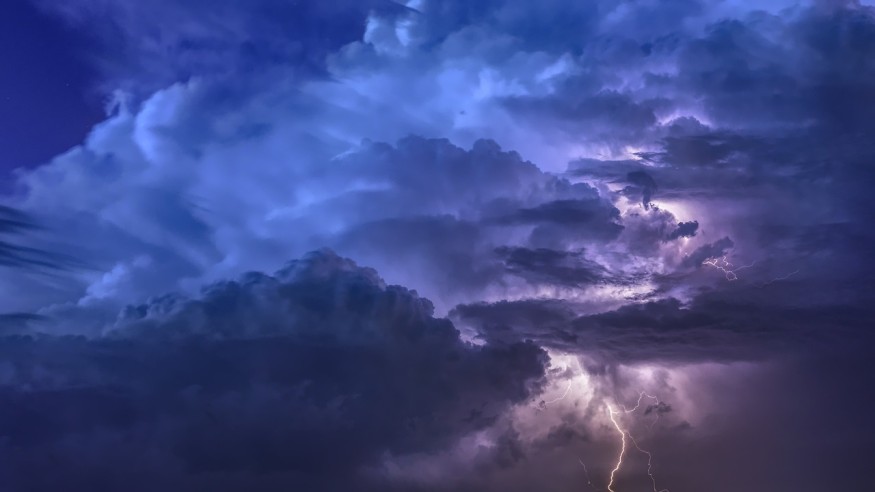A new storm system initially placed over 5 million people under tornado threat since it has been forecasted to move from the South Plains to the Great Lakes, affecting parts of the Gulf Coast as well.
Beside heavy snow, severe storms with damaging winds and isolated yet strong tornadoes are possible to occur along the path of the intensifying storm, according to the National Weather Service (NWS).
United States weather forecast earlier this week mentioned remnants of the powerful atmospheric river system that drenched California for several weeks will be responsible for the development of a cross-country storm the coming days.
The said storm will travel from the southwestern to the northeastern US, where it has the potential to produce heavy snow from New Mexico to Maine.
Over a week ago, these ongoing storms were preceded by a powerful winter storm or bomb cyclone, also called as winter hurricanes, that struck the Buffalo, New York, and other areas across the country in late December 2022.
The December storm was then followed by a deadly Pacific storm train that killed multiple people and caused widespread disruption across the Golden State.
New Storm System

The Weather Prediction Center (WPC) of the NWS on Monday, January 23, stated the new storm system over the South is expected to bring heavy snow to parts of the southern High Plains, central Mississippi Valley, Ohio Valley, the Great Lakes, and Northeast until midweek.
The US weather agency also said there is a chance for strong to severe thunderstorms and flash flooding threat across parts of the Gulf Coast states and southern Mississippi Valley from Tuesday to early Wednesday, January 24 to January 25.
The agency adds that the weather pattern will be active across the Central US and Eastern US through the middle of the week since the new storm system started to organize and strengthen across the South on Tuesday.
Alaska Weather Forecast
NWS meteorologists also highlighted during their recent short-range forecast that some areas across the interior and western Alaska could experience blowing snow, heavy snow, and bitter wind chills.
A forecast last week cited by Alaska's News Source that series of waves of wet winter weather will strike Alaskan areas in the south coast from the Aleutian Islands to the south-central and southeast Alaska.
An avalanche risk increased and is now designated as "considerable at all elevations," according to the Chugach National Forecast Avalanche Information Center (CNFAIC), as cited by the Alaskan local news outlet.
US Winter Season
The US is still currently in its winter season, which approximately spans from December to February every year.
According to McGill University, contemporary meteorology considers winter to be within the range of December, January, and February in the Northern Hemisphere, while winter takes place during the months of June, July, and August on Earth's Southern Hemisphere.
In the US, winter weather hazards associated with the said season include snow storm, blizzard, and freezing temperatures, as well as powerful, chilling winds.
© 2025 NatureWorldNews.com All rights reserved. Do not reproduce without permission.





